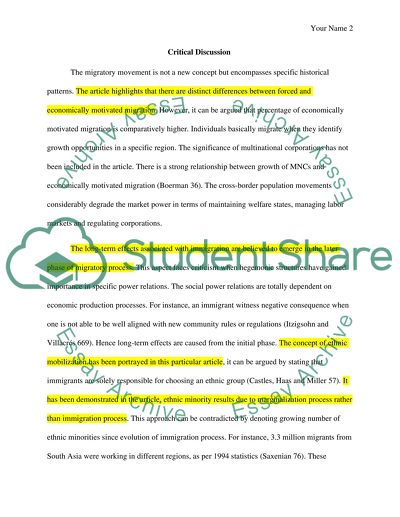Cite this document
(“How migration transforms societies Essay Example | Topics and Well Written Essays - 1250 words”, n.d.)
Retrieved from https://studentshare.org/sociology/1700756-how-migration-transforms-societies
Retrieved from https://studentshare.org/sociology/1700756-how-migration-transforms-societies
(How Migration Transforms Societies Essay Example | Topics and Well Written Essays - 1250 Words)
https://studentshare.org/sociology/1700756-how-migration-transforms-societies.
https://studentshare.org/sociology/1700756-how-migration-transforms-societies.
“How Migration Transforms Societies Essay Example | Topics and Well Written Essays - 1250 Words”, n.d. https://studentshare.org/sociology/1700756-how-migration-transforms-societies.


